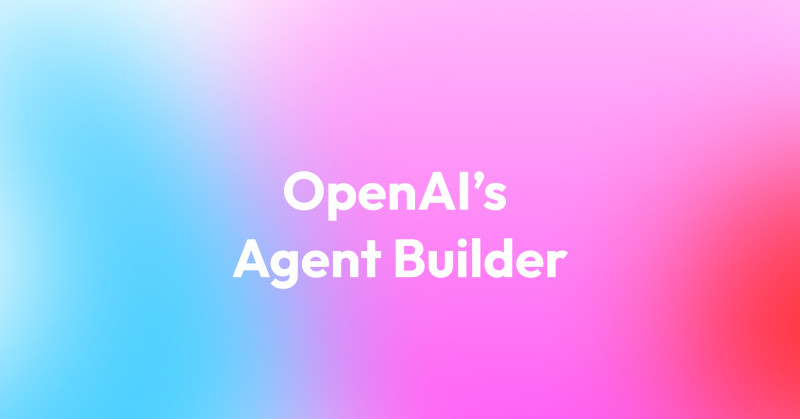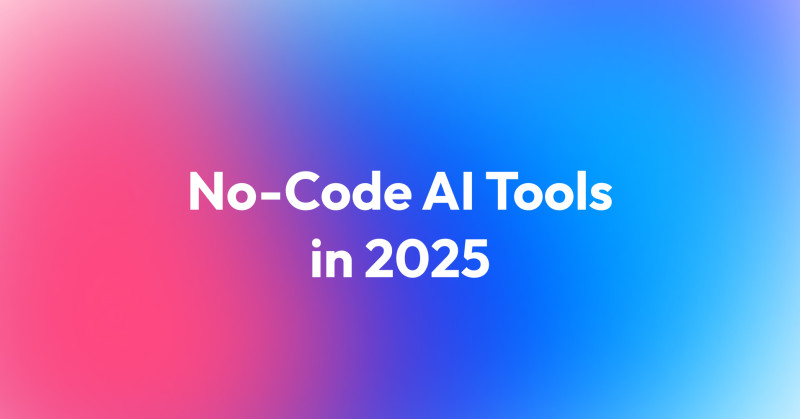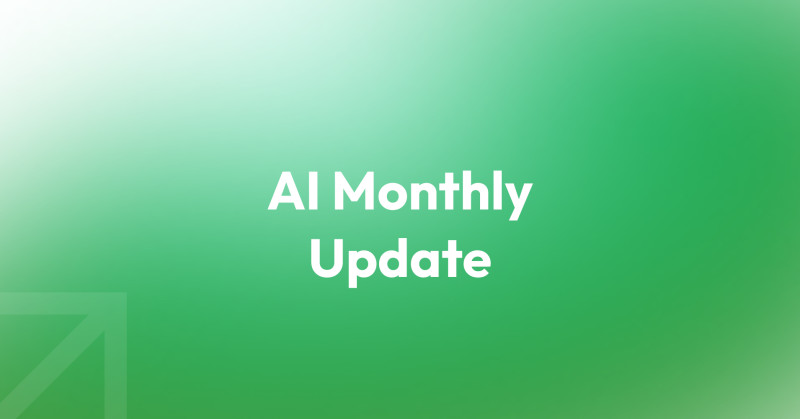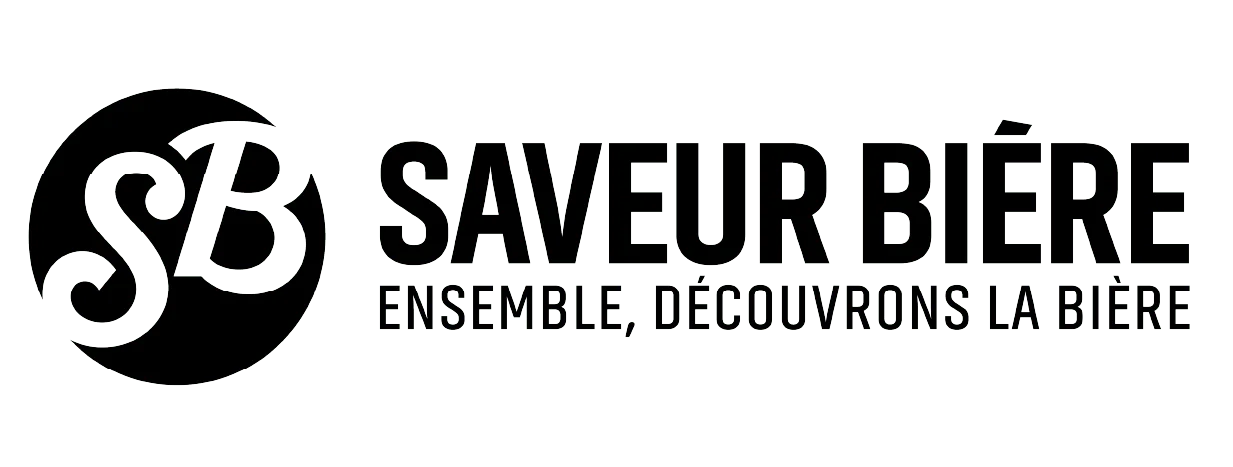In the early years of large language models, the logic was simple: the more parameters, the better the performance. But in 2025, efficiency is the new gold standard.
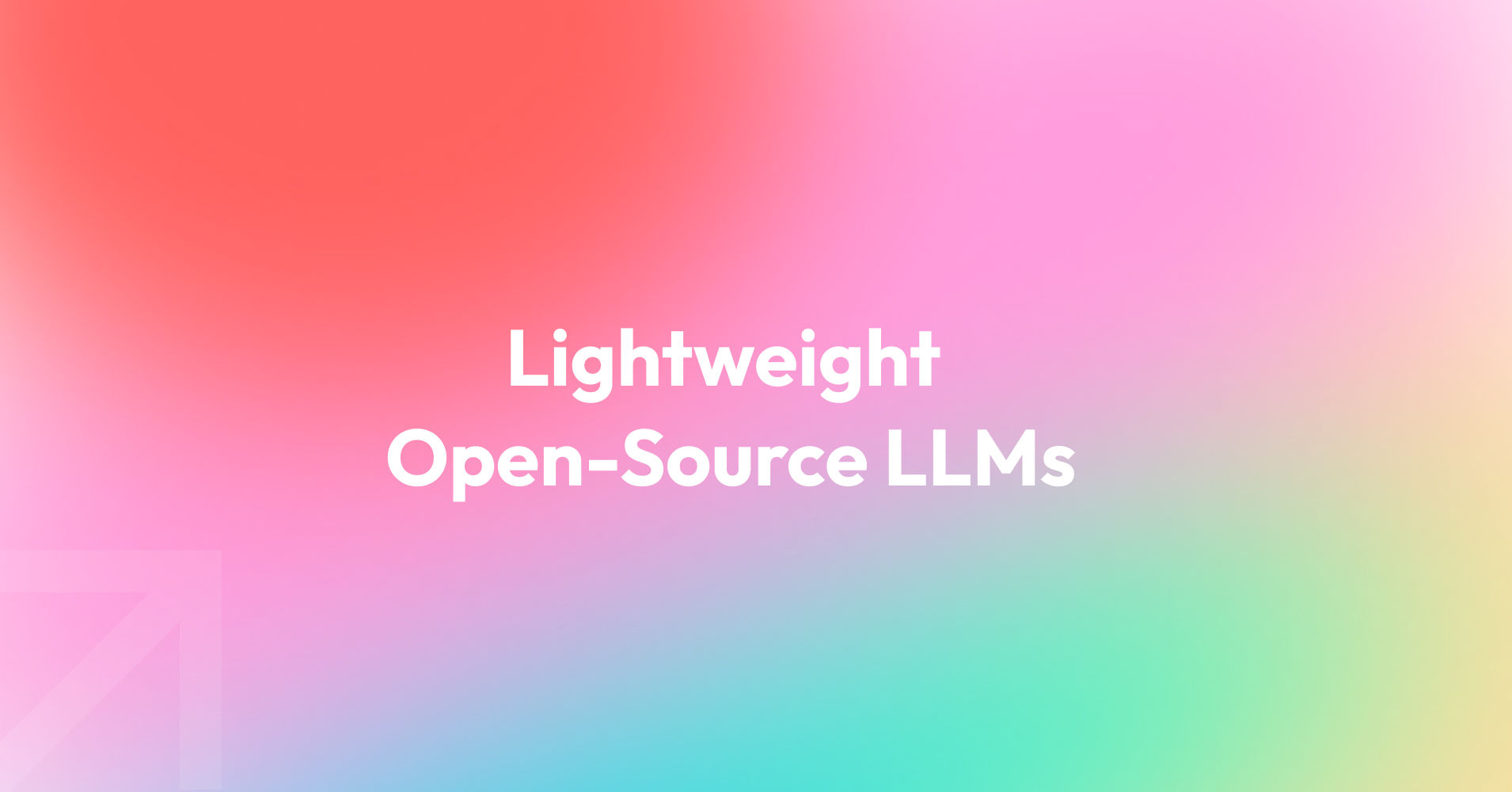
Lightweight and open-source LLMs are showing that you don’t always need a 175-billion-parameter model to get meaningful results.
For many business applications — like chatbots, text analysis, or content generation — smaller models deliver comparable accuracy while consuming a fraction of the resources.
They run faster, can be deployed locally (even on consumer GPUs), and help companies maintain full data control — an increasingly important factor in privacy-sensitive industries.
2. What defines a “lightweight” LLM?
A lightweight LLM typically has between 1 and 7 billion parameters, compared to hundreds of billions in large-scale systems like GPT-4 or Claude 3.
These models are built for speed, efficiency, and cost-effectiveness, without sacrificing too much performance for common business tasks.
Key characteristics:
Compact architecture: often transformer-based, but optimized for lower memory usage.
Quantization and pruning: reduces model size without major quality loss.
Fine-tuned for tasks: trained on smaller, specialized datasets for summarization, reasoning, or Q&A.
Open access: most are open-source or open-weight, enabling commercial adaptation.
3. The best open-source lightweight LLMs to try in 2025
Model | Parameters | Highlights | Ideal use cases |
Mistral 7B | 7 B | High-performing general model, strong reasoning, open-weight license. | Domain-specific assistants, chatbots, internal tools. |
Gemma 2B / 7B (Google DeepMind) | 2 B / 7 B | Lightweight, multilingual, optimized for local and hybrid deployment. | Multilingual chatbots, customer support. |
TinyLLaMA | 1.1 B | Miniaturized version of LLaMA, very fast on edge devices. | Edge AI, summarization, classification. |
Qwen 1.8B / 4B | 1.8 B / 4 B | Compact but surprisingly capable; strong benchmark results. | Text generation, report analysis. |
Falcon 7B | 7 B | Community-backed, open-source, excellent fine-tuning flexibility. | Custom RAG setups, enterprise knowledge assistants. |
GEB 1.3B | 1.3 B | Efficient on CPUs; ideal for low-cost local deployments. | SME tools, low-latency AI features. |
4. When lightweight models outperform giants
Even though small LLMs can’t match the full reasoning capabilities of GPT-4, they often win in efficiency.
Here’s where they shine:
Cost-efficient fine-tuning: companies can adapt them to niche domains for a fraction of the price.
Faster inference: ideal for applications needing quick responses (e.g., live chat).
Offline capability: can run without constant API calls — perfect for on-prem or regulated environments.
Privacy-first workflows: full control over data, no external cloud dependency.
Example:
A European fintech firm deployed Mistral 7B fine-tuned on customer service logs, achieving 93 % accuracy in response quality at one-third the cost of GPT-4 API calls.
5. How to choose and deploy your lightweight LLM
Step 1 – Define your goals
Decide what the model should achieve: classification, content generation, retrieval-augmented QA, etc.
Step 2 – Select candidates
Pick two or three models suited to your needs (e.g., Gemma 7B and Qwen 4B).
Step 3 – Evaluate quality vs efficiency
Benchmark them with your data using open tools like Hugging Face Evaluate or AI Arena.
Step 4 – Optimize
Use quantization (4-bit/8-bit) or LoRA fine-tuning to reduce size and adapt performance.
Step 5 – Deploy locally or hybrid
Test on smaller GPU setups (e.g., RTX 4090, Mac M2 Ultra) or combine with cloud inference for scalability.
6. Real-world scenarios
Marketing automation: TinyLLaMA generates draft product descriptions; human editors polish them.
Knowledge management: Falcon 7B powers internal assistants for retrieving company documentation.
Sustainability analytics: Qwen 4B summarizes ESG reports with RAG pipelines.
Customer support: Gemma 2B runs lightweight chatbots integrated with CRM tools.
These examples align with growing GEO search trends like “AI for marketing automation 2025” and “local AI assistants for business”.
7. Key takeaway
Lightweight open-source LLMs are no longer just “toy models.”
They represent a pragmatic, cost-efficient entry point into generative AI for startups and enterprises alike.
In an era of high compute costs and growing regulatory pressure, these models prove that smaller can be smarter — especially when you value transparency, control, and adaptability.


